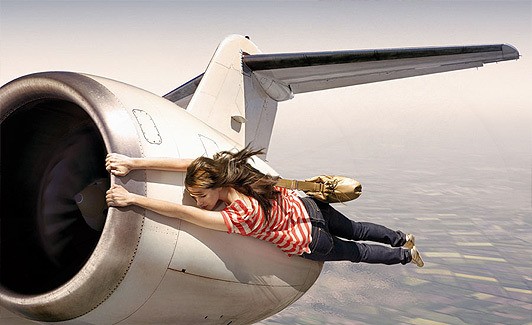For more information about Michael’s upcoming event, please watch the video below. You can also call 941-893-7007 or visit www.paytonwright.org
Michael Israel, the acclaimed flamboyant rock-star artist that combines his love of painting, music, and martial arts in his high-energy performance is scheduled to appear at the Hyatt Regency Sarasota on Saturday, October 29, 2011. The performance is to raise funds for The Payton Wright Foundation, a non-profit organization dedicated to fighting pediatric brain cancer. Sarasota Visual Art is fortunate enough to speak with Michael about this upcoming event and the real value that lies beyond the magic and mystique of Michael Israel.

SVA: Are your paintings relics of your performances and do you think all paintings have this quality?
MI: Well, when I hear the word relic, I think of a shipwreck or something that is left long afterward and I think it is more of a synergy between the performance and the artwork so I don’t think one really exists without the other.
SVA: What is the meaning of contemporary art to you?
MI: Another good question, contemporary just means art that is done now so I don’t think that there is anything that is all that new in art. A lot of contemporary art is an attempt to shock people into thinking about things. I guess some of my stuff is that way, as well with the idea of doing the splashy-spinny kind of thing to get you to pay attention to the artwork. If you look through history like Da Vinci and Michelangelo’s time, there were no digital cameras or cameras at all as a way reproduce life, so these guys were like gods and people paid attention to whatever they put to canvas because it had that realism to it. At a certain point that became commonplace for someone to paint something somewhat realistic. Then comes along a guy that doodles like a child or abstract or what have you, and it gets attention once again for art. I think contemporary art strives for that audience’s attention or whatever that message might be for the artwork.

SVA: How should the general public view your paintings? What should they look for — how do they learn to appreciate your art?
MI: That’s the neat thing about my work, you don’t have to come in with any preconceived notions whatsoever and you don’t need an art critic to tell you anything at all about it. All you have to do is be present and your own body will literally take over with your heart pounding and goosebumps and tears running down your face. It’s a very, very powerful experience, and describing it is kind of like trying to describe religion to someone that is not religious, or love to someone that has never been in love. It’s a very powerful emotion to experience art in this manner and it’s much more than a fun show. Most people won’t get that from looking at the website or watching the videos. You really have to be present to understand it. You feel connected to everybody else that is there, it is almost like electricity that goes through the air.
SVA: Classical artists had a world to express which they did by representing the objects in that world. Do you express your world by representation, or by your performance, or both?
MI: Well, again it’s a synergy and my work is really not about the expression, it is more of actuation in that I try to reach the viewer’s emotions. The viewer will act on it and something will come from it. It’s just an enriched feeling for them, education or actually empowerment to do something, to have some purpose with life or help another. You ask who influenced me and I would say Da Vinci is probably one of the great influences for me. He did a handful of paintings, and certainly a lot of drawings on the technical side. Art to me is just not painting, painting is just a form of art. When most people talk about art they think of sculpture, painting, and drawing. Pretty much anything you do as a human being that is not a reflex is art. Art is a combination of a knowledge-base combined with intellect and emotion…it cannot exist without those combined things.

SVA: Can you tell us how you developed your method of painting, and why you paint as you do?
MI: I’m a pretty emotional guy. When I go to a concert or when something really emotional happens, my stomach kind of flip-flops, and I can’t sing or dance, or play an instrument so it comes out in my paintings. As for the passion in my art, and everybody has held passion at one point or another, whether it’s anger or its love or its sorrow. You have these emotions that fire through your body so hard, and so powerfully; I’m able to translate that into my art. On a technical level, as a kid, I painted at art festivals. I would sell out of whatever I brought so I started painting at the festivals and I would do hundreds every day. I would crank the music real loud, and do some martial arts. Rather than sitting and painting, I would be in somewhat of a stance so I could move faster and harder. I would have multiple colors and brushes sometimes painting four paintings at a time in various ways. That’s how the show was born, as I look over my shoulder, as far back as I could, see there would be people watching and enjoying how the synergy of the art comes to life.
sVA: Were there any artists that you followed or inspired you when you evolved from festivals?
MI: Not really, there was a fellow, Denny Dent who passed away. I met his manager thirty years ago at a festival. He liked my girlfriend. From what I read, he started his stuff in 1984. I’ve been performing my art since 1974 since I was a kid. I have to credit him actually for bringing it to the public. He was older and had a concert manager and really got out there. As far as painting on stage or painting large canvases to music: I don’t really think that’s all that I am or even the focus of my work. It just happens to be the best medium at the moment. I’ve worked in pretty much any medium I can get my hands on. Pencil sketch, watercolor, airbrush, digital to building a computer to machine carve metal. That thing was the size of a small garage.
SVA: There is a physical demand to make these large paintings, how does Martial Arts relate to your work?
MI: I train five to six days a week in the gym to stay in shape to paint. You can almost call it, “UFC with Paint” the way I go after these canvases. It’s pretty strenuous, the karate background allows me to maintain my balance and my focus so that I can put the paint where I want to. It’s like, in Karate they say, you’re not really thinking about the technical motions of what you’re doing, you’re just doing it.

SVA: What inspires you every day, and/or what nourishes your imagination?
MI: World events certainly feed and nourish my imagination. Whether it’s a tsunami, or hurricane, or 9/11, or right now, I’m very much interested in doing Steve Jobs’ portrait. He’s a hero of mine. A lot of the works I do I think of as very motivational icons that you have in your home or office or you look at and it inspires you to a bigger and better purpose.
SVA: Michael, you have painted numerous portraits of celebrities and politicians, are there certain works that you keep to yourself?
MI: I have a few different paintings that are part of my collection and it’s unlikely I will sell them. If a 5-minute painting goes for $50,000 you can only imagine what I would want for something I’ve spent weeks or months on. Aside from that, I’ve done a lot of things for homecoming wounded soldiers, and I’ve done paintings that I’ve asked them to put their signatures on for me. In my home, I have paintings that are covered with signatures of the soldiers with comments and things like that.

SVA: Can you speak about the upcoming Payton Wright Foundation event in Sarasota?
MI: That is actually a very significant work in itself in many ways. There is a piece that I’m doing that is really wonderful that will be very special and magical, that will help to heal and to help empower the entire mission of the charity. It is a different focus than my normal works. I’m looking forward to trying to stretch the boundaries. It’s not the technique rather than the way the work plays or interacts with everyone else.
SVA: What is the most amazing thing that’s happened to you on stage?
MI: You would need a week to go through all of them. I don’t know if it’s cosmic or what, but it’s so many things like, getting a phone call asking me to paint at the Olympics, to doing Presidential events, to doing something with the Special Olympics. The pieces I’ll be doing at this upcoming event, I truly, truly expect that everyone that goes to this event will never look at art or life the same. It’ll be a life-changing moment, it’ll be amazing. Whatever you write now after you’ve experienced the event, I guarantee you it’ll be different, it’ll be more heartfelt.
SVA: What advice would you give aspiring artists?
MI: Advice I would give to aspiring artists is the same advice I give when a parent tells me their child has desire and talent. The advice is that while craftsmanship can be learned, creativity comes from within. Notwithstanding both talent and craftsmanship, to be successful one must study and develop knowledge, talent, and skill in business, finance, and marketing as these are essential to every career. Some are fortunate to have others handle this for them but a good working knowledge will help an aspiring artist to navigate the finical challenges of life and career.
For more information about Michael’s upcoming event, please watch the video below. You can also call 941-893-7007 or visit www.paytonwright.org

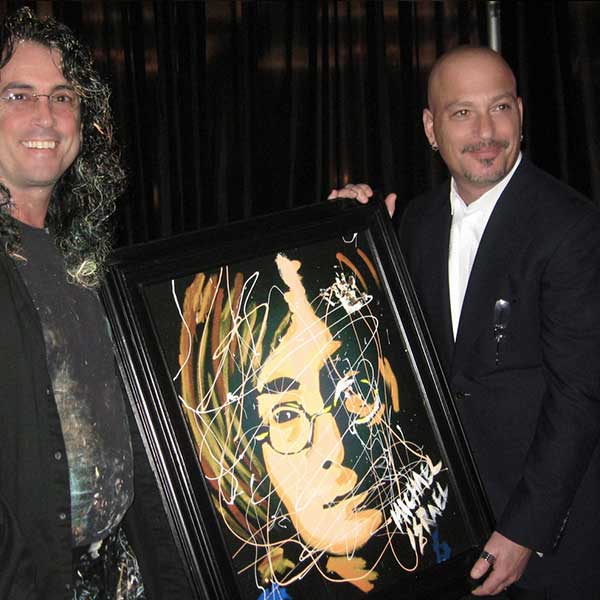
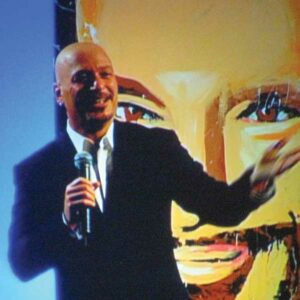 Howie Mandel auctions his portrait!
Howie Mandel auctions his portrait!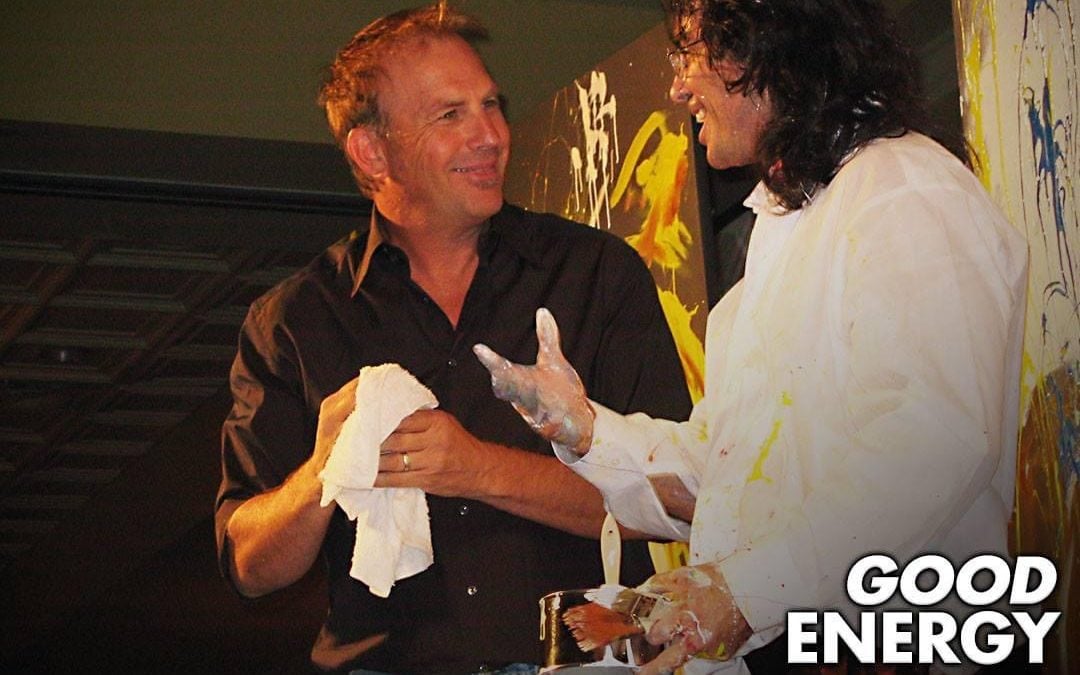
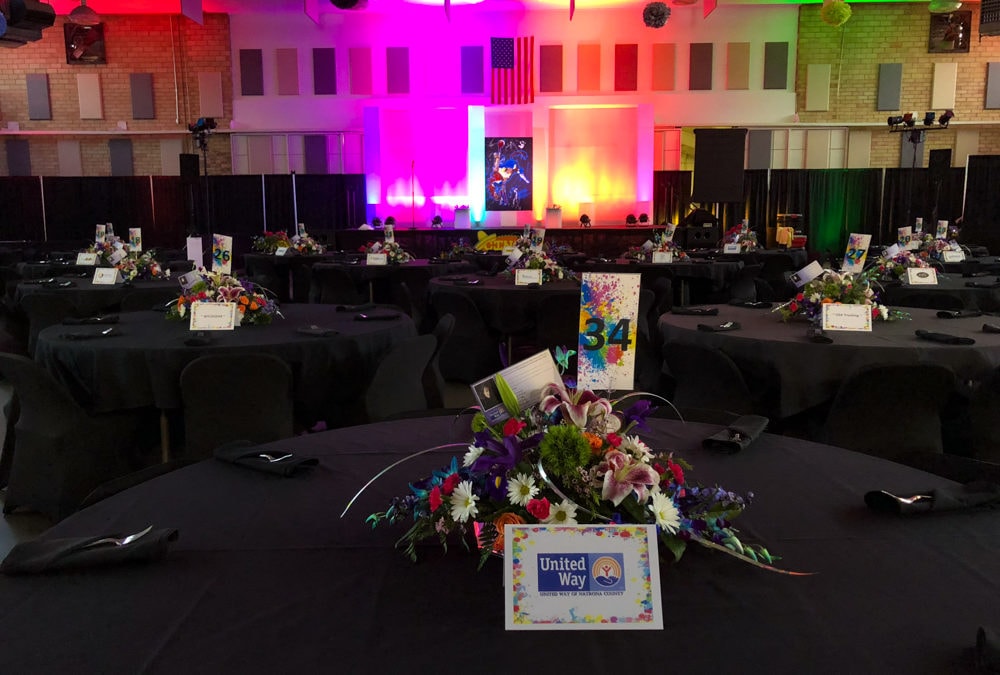
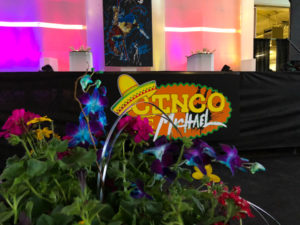
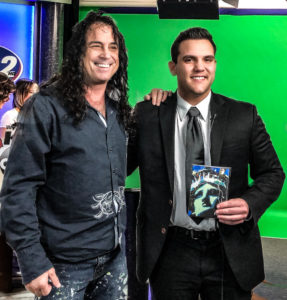
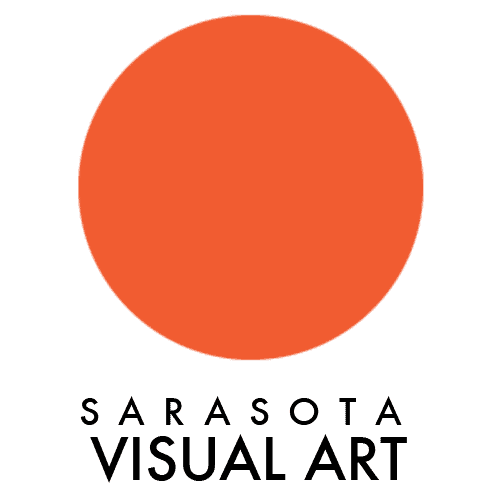
 Interview with Michael Israel
Interview with Michael Israel